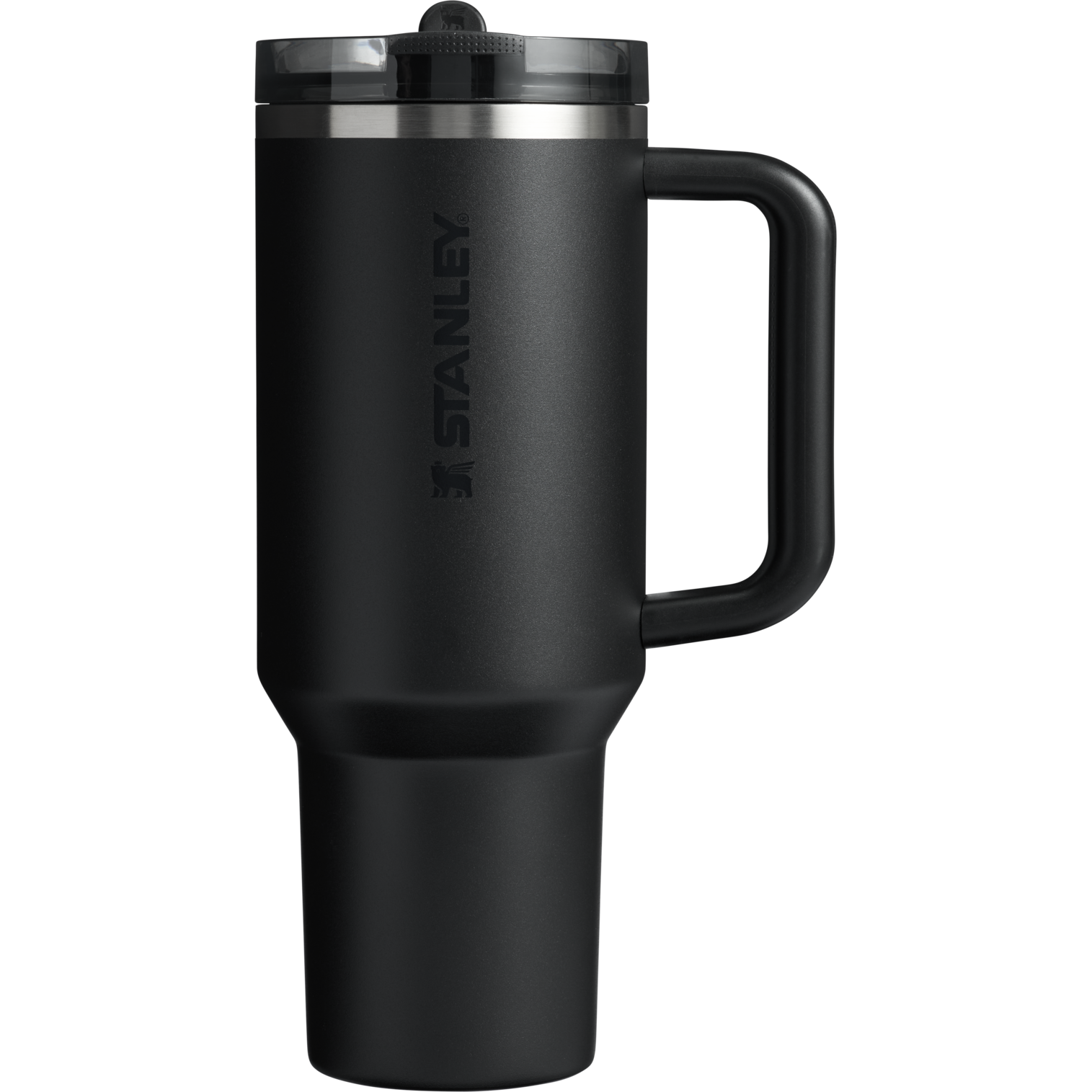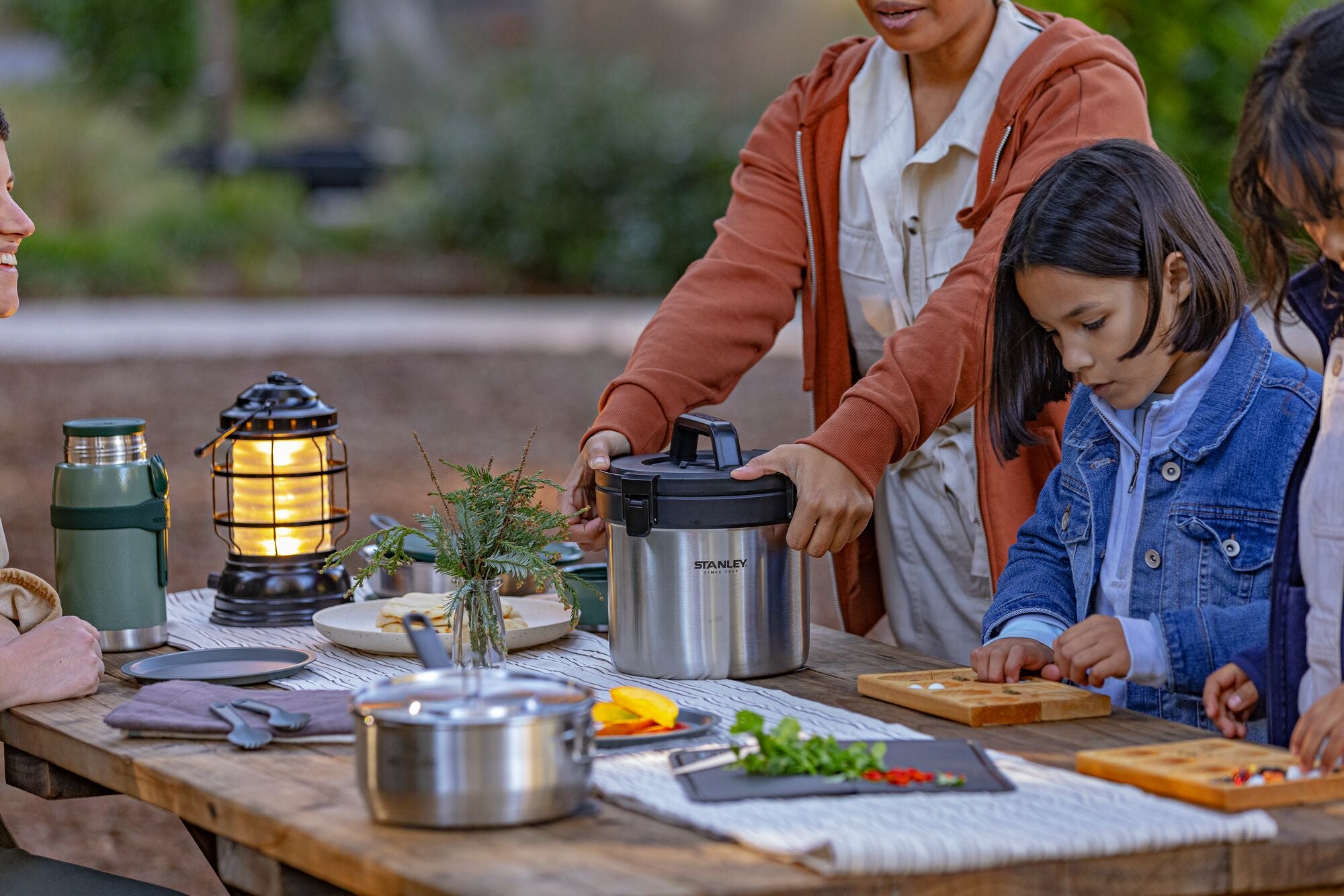Many people see winter as the season to stay indoors. While colder temperatures and shorter days can make recreation a challenge, winter is still a great time to play outside. Activities like sledding and ice skating make winter a great time to build memories alongside friends or family. They can also help you stay active during a season when exercise opportunities might be harder to come by.
Winter isn’t simply a time to stay inside. It isn’t a season made only for certain age groups. Instead, it’s an invitation to explore a plethora of new activities. With the right clothing, a little preparation, and perhaps some snow, the cold can enhance your winter experience in all the right ways.
Fun Outdoor Winter Activities Requiring Snow
There aren’t many things that capture the essence of winter like fresh snow. Snow is an indispensable element of winter: it’s a necessary ingredient in a snowball fight, ski trip, or snow fort. It also sets the perfect backdrop for winter family photos, whether you’re posing outside your home or building the perfect snowman.
Sledding
All you need is a sled, toboggan, saucer, or other flat surface, and you can participate in a celebrated winter pastime: sledding. Unlike some winter activities that require equipment or training, all you need for sledding is a hill and the sled itself. Even moderate hills are fun to sled down on a snowy winter day.
It’s important to choose the right sled for your day outdoors. Here are a few factors to keep in mind:
-
Material: Plastic sleds are generally faster but less safe. Wooden sleds with metal runners are easier to control but travel slower.
-
Shape: Flat plastic or metal sleds have less wind resistance and travel faster than wooden sleds. Some sleds feature an extra seat or space for a second rider.
-
Durability: Choose a sled that’s built to last. If you’re buying a new sled, read reviews to see how well the product holds up over time.
Look for holes, trees, and obstacles like rocks to avoid before sledding. Sit face-forward with your hands out in front of you and be prepared to stop or change direction if someone walks across your path.
Snowshoeing
Snowshoes are lightweight footwear that distribute your weight and allow you to walk on top of snow. They prevent you from sinking into deep snow, creating a popular winter activity that allows you to explore after a snowfall.
You’ll need a pair of snowshoes, and perhaps ski poles, to begin. You’ll also need to learn how to walk in a pair of snowshoes, which typically require a wider step.
You can always rent a pair of snowshoes for the day if you don't own them. Many popular snowshoeing destinations offer reasonable rental rates, though costs add up if you continue to rent over time. Rented snowshoes are sometimes a bit more worn down — and don’t fit quite as snugly — as a personal pair would. But in a pinch, renting snowshoes is sometimes the fastest way to get out and explore the wintery wildlife around you.
Building a Snowman
Taking time to build a snowman is an activity the entire family can enjoy. For many families, it’s a ritual that takes place at the first substantial snowfall of winter. For others, it’s simply an excuse to get outside and spend time with others.
Building a snowman is a great way to exercise your creativity. You’ll need to create a body, head, arms, and face, but the materials you use are up to you. Traditionally, people roll at least two balls of snow to form a body and head, using coal to resemble buttons on a coat. They’ll apply sticks for arms and a carrot for a nose. Rocks or pine cones are perfect to form eyes and a smile.
Outdoor Winter Activities Without Snow
Many winter activities are associated with snow, but there are still quite a few that don’t require any snow at all. No matter your age or location, you can participate in a winter activity with a little creativity and imagination.
Activities like winter hiking, ice skating, and birdwatching don’t need snow. While snow can enhance the experience, it’s not a requirement for a great day outdoors.
Winter Hiking
Winter hiking allows you to take in the full beauty of the winter season: the sunlit trails, the crisp temperatures, the chirping birds, and the stillness of the entire experience. Snow can improve a winter hike, but it’s far from a requirement.
Prioritize the right gear before setting out on a winter hike. That means putting on a weather-resistant coat and pants, prioritizing warm undergarments, and opting for insulated shoes. It also means bringing enough fluids in an insulated water bottle to keep you hydrated for the entire day.
Ice Skating
While some people prefer to ice skate in a groomed indoor rink, it’s not strictly an indoor activity. When a pond, lake, or other body of water freezes over, all you need is a pair of skates and an adventurous attitude to get started.
It’s important to confirm ice thickness before you begin skating. If you’re in a park, park authorities will confirm when the ice is thick enough to skate on. Look for safety signs or other updates that indicate it’s now safe to skate. Stay away from any ice that shows cracks or other signs of an incomplete freeze.
Skates should fit snugly on your feet without restricting blood flow. Try figure skates first if you’re new to skating. They have wider blades that make it easier to balance. Make sure to wear safety gear like a helmet, knee pads, or wrist guards for extra protection against a hard fall.
Birdwatching
Birdwatching isn’t always the first activity that comes to mind when fall becomes winter. Still, it’s a great opportunity to get to know winter wildlife. Even if you’re not a bird enthusiast, a day of casual birdwatching is a great way to unwind, embrace nature, and learn more about local bird life.
Factors like location, climate, and time of day can all affect the birds you see. Some follow seasonal migration patterns and might only be around for part of the winter. Other birds will seek shelter away from the elements during particularly cold days. Be sure to do your research on bird habits and habitats before heading outside.
Preparation and Safety Tips for Outdoor Winter Activities
Spending time outdoors during the winter is a thrilling experience, but it can also create challenges. For example, harsh winds and low visibility might mean you need to postpone a hike. Winter conditions can also dehydrate your body, increasing your need for hydration on the go.
Cold weather and slippery conditions can challenge your senses, but they don’t have to keep you inside. Dress for winter weather and drink enough water whenever you head outside to participate in a winter activity.
Dress for the Weather
Dressing for winter weather isn’t just a matter of comfort; it’s a matter of safety. Winter clothing provides insulation from the cold and a barrier against strong winds. It should also prevent snow or melting ice from reaching your skin and decreasing your body temperature. Consider bright or reflective clothing if you’re outside skiing or hiking.
Your winter wardrobe should also feature resilient footwear. Find boots with strong treads that prevent slips or falls. The right footwear should also allow for a certain degree of flexibility and comfort, to ensure you have full movement during a winter adventure.
Stay Hydrated
Feeling thirsty isn’t the only symptom of dehydration you should look for during winter months. Dark-colored urine, chapped lips, low blood pressure, and faintness can all indicate that you’re low on fluids. Drink enough water, even before you feel thirsty, to make sure your body retains fluids.
Use the temperature of your drinks to improve your core body temperature while you rehydrate. Use a vacuum-sealed thermos or thermal bottle to keep beverages warm while you play outdoors. Look for bottles made for extreme temperatures that are easy to carry and use. If you have friends or family along for a winter activity, you can all hydrate together using an insulated jug.
Back to HOW-TO GUIDES




